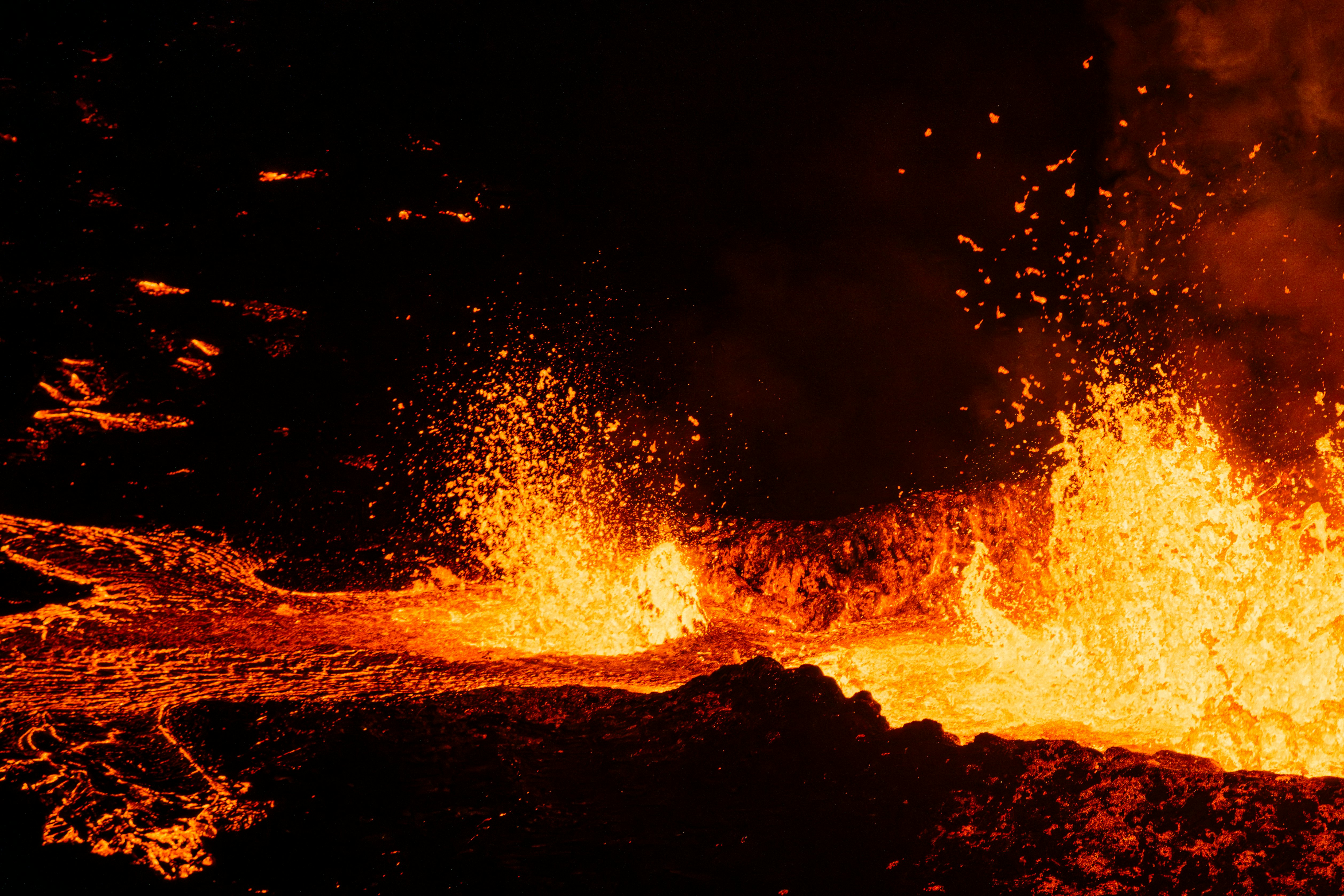
Lava is spewing out from cracks along Iceland’s surface, and the footage is spectacular.
The small town of Grindavík became the center of international attention in late October when thousands of earthquakes began to shake the southwestern part of the country. Meteorologists interpreted them as a sign that magma deep beneath the Earth was rising to the surface. The tension finally broke as a strong eruption on Monday.
Lava spewed out in the evening, creating stark images where volcanic fissures jettison plumes of red-hot melted rock across the land.
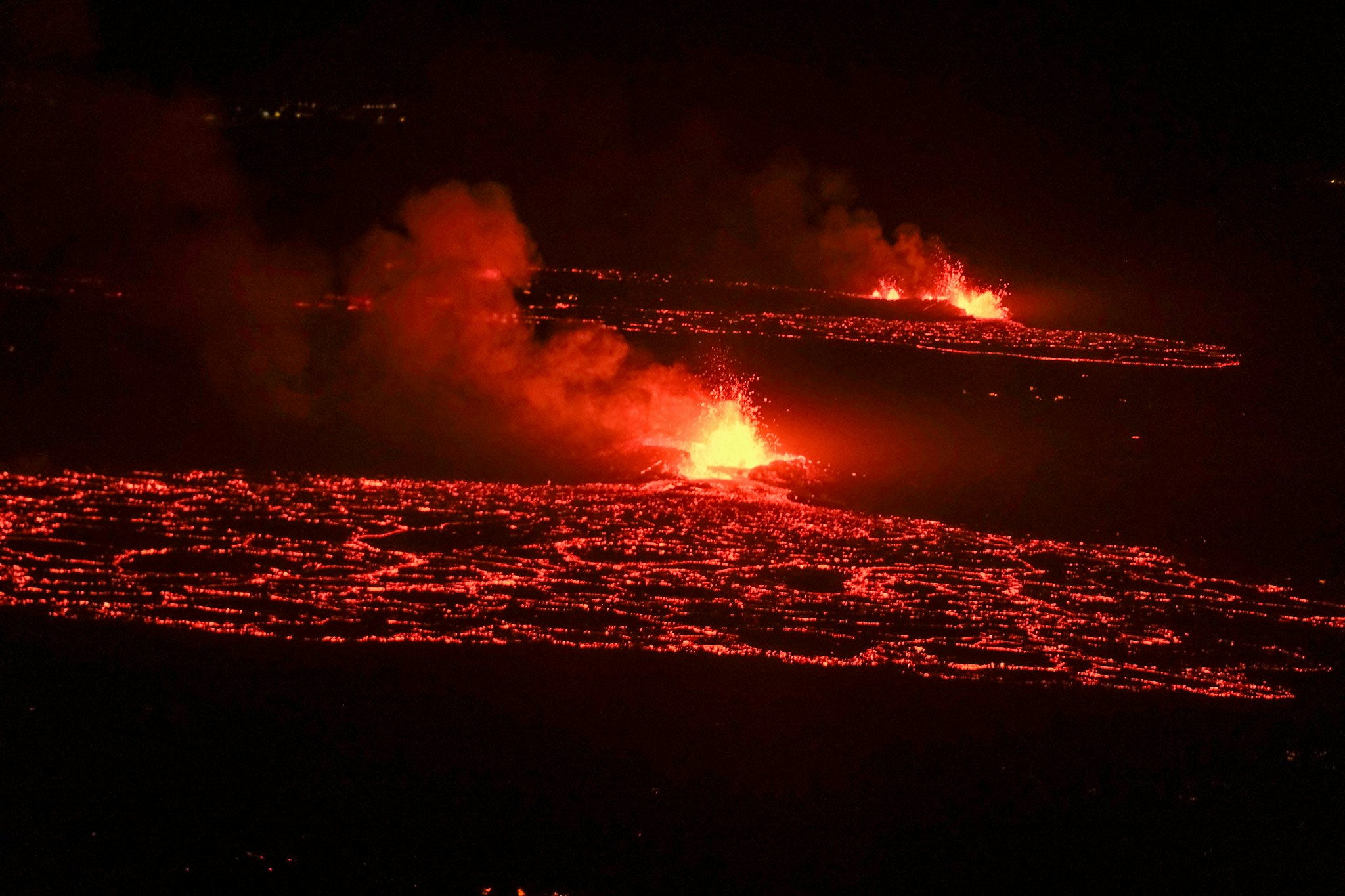
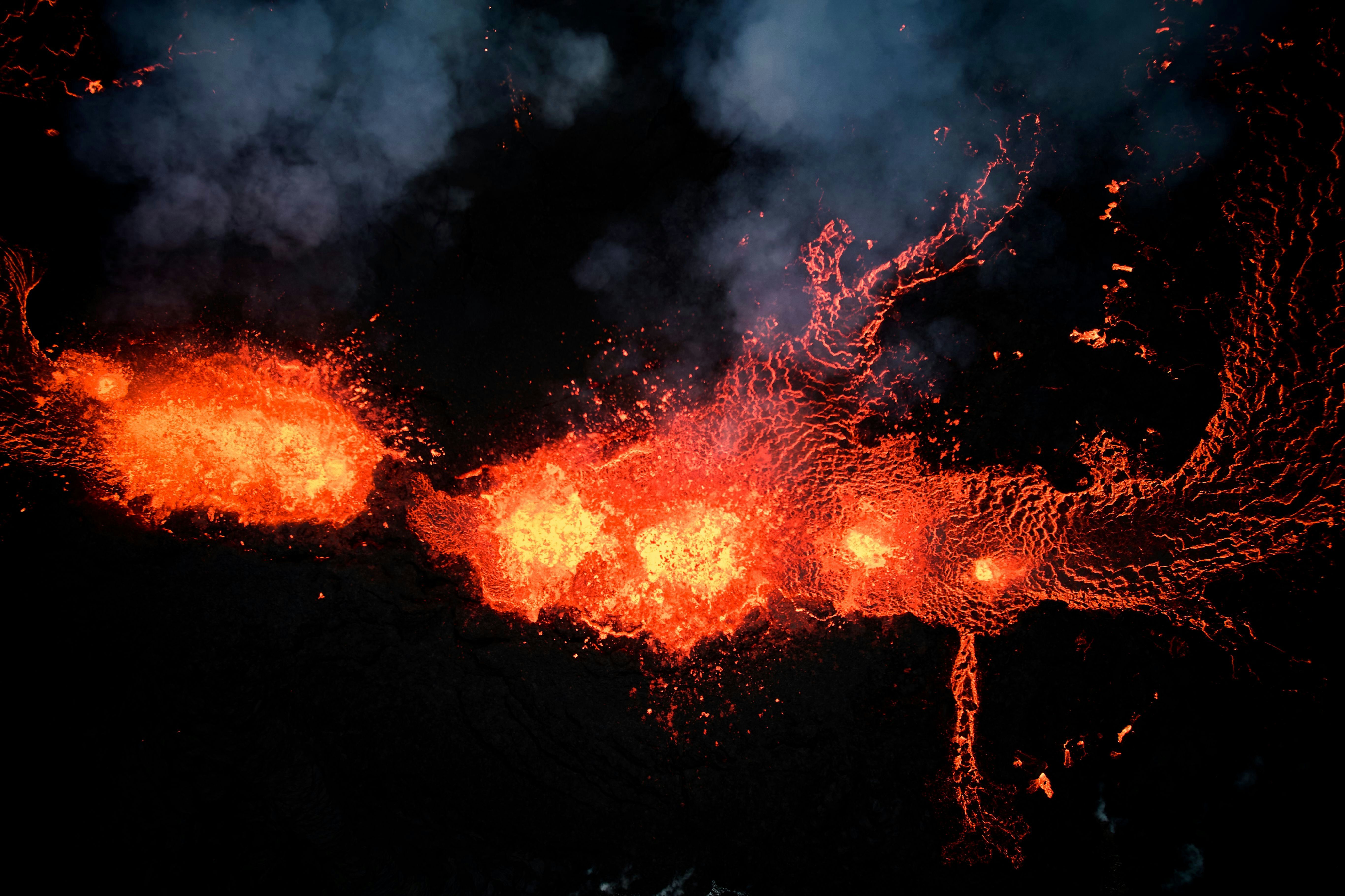

Icelandic officials ordered an evacuation of Grindavík about a month ago. None of its 4,000 inhabitants were in danger on Monday night.
The volcanic gas leeching out is hazardous to human health. Fortunately, the gas is expected to travel eastward and southward, over unpopulated land and to the sea, Icelandic news outlet RÚV English reported on Tuesday.
The roughly 2.5-mile-long fissure releasing the lava has slowed down since Monday. “Large lava fountains were observed at the beginning of the eruption and intense seismicity over the dike,” the Icelandic Meteorological Office reported on Tuesday. The organization then added that “the power of the eruption has decreased with time.”
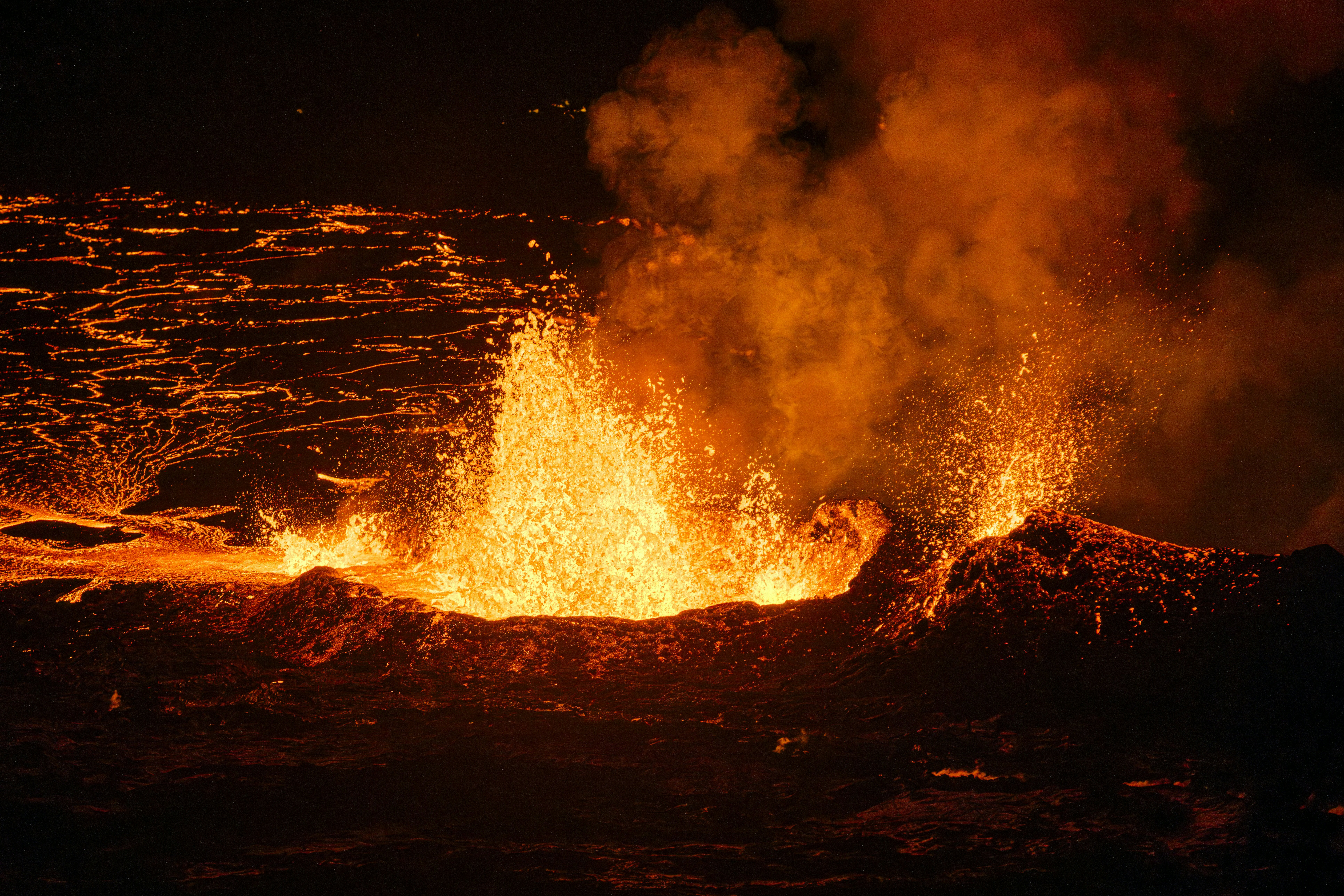
Grindavík is located on the southern portion of Iceland’s Reykjanes Peninsula. The peninsula is the site of Keflavík International Airport. To the northwest is the capital city of Reykjavík.
Bjarni Benediktsson, Minister for Foreign Affairs in Iceland, shared via X on Monday that “there are no disruptions to flights to and from Iceland, and international flight corridors remain open.”
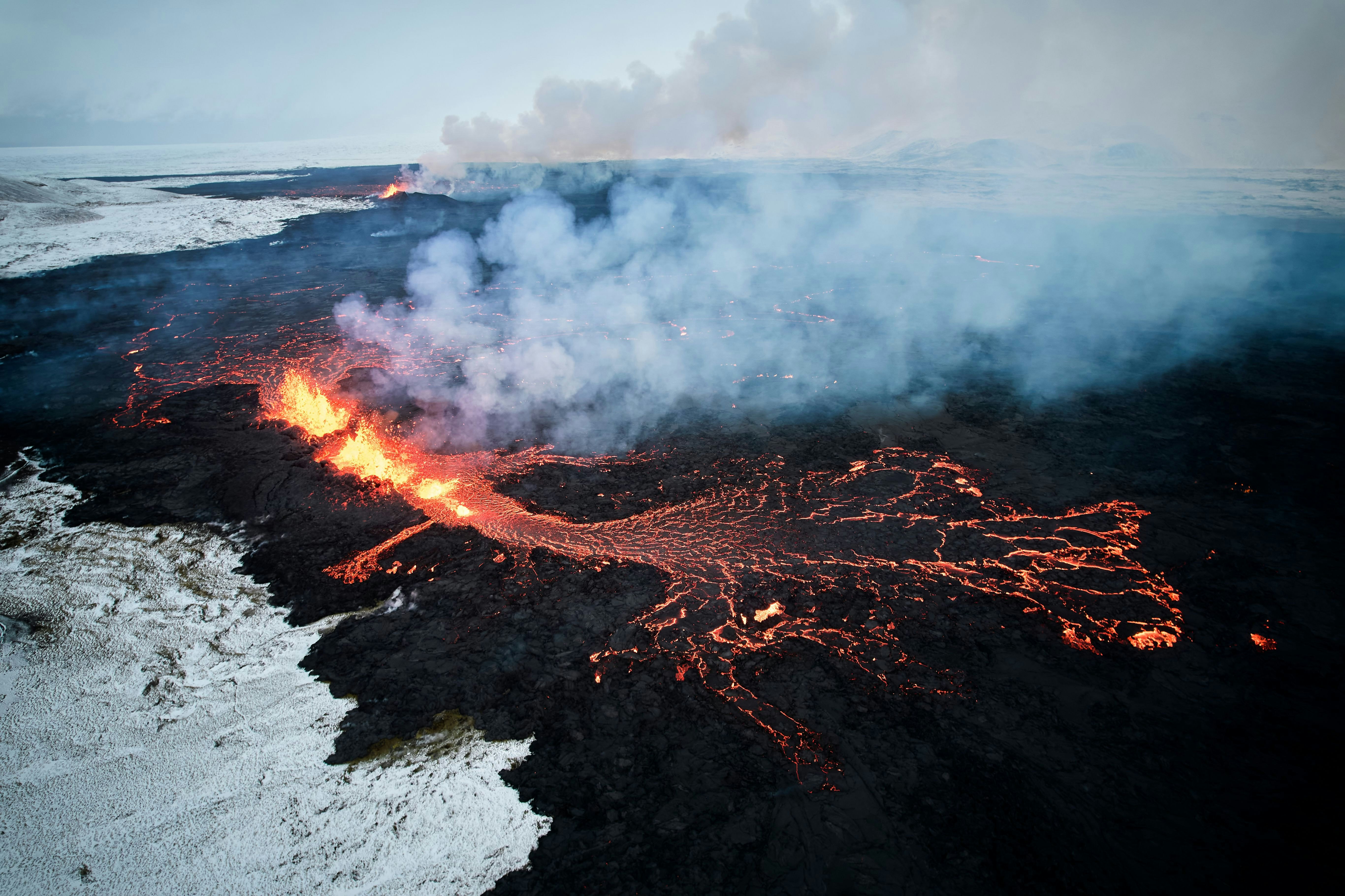
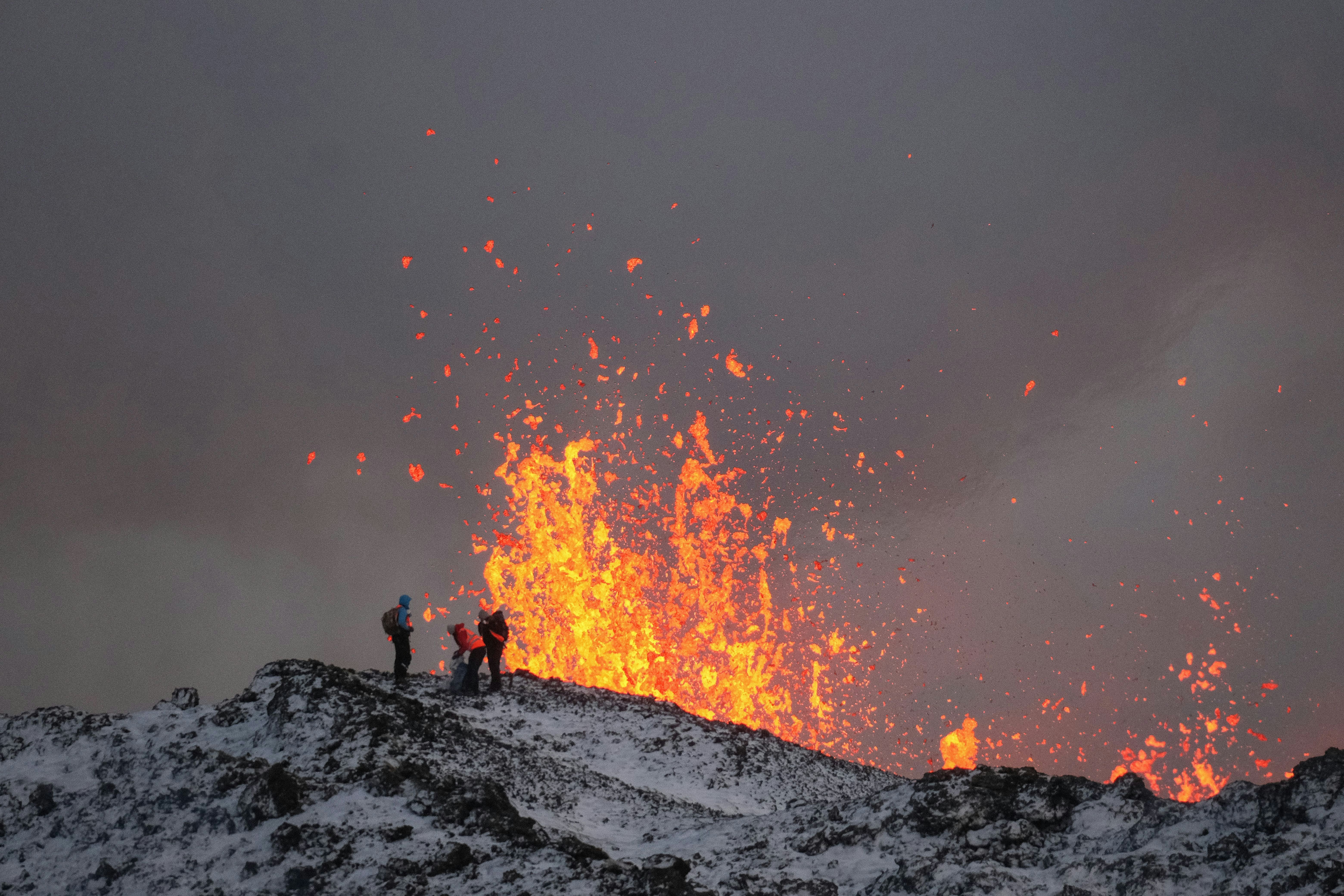
An update published at 1:30 p.m. Eastern (6:30 p.m. local time in Iceland) by the Icelandic Meteorological Office on Tuesday states that there are now three active vents. There were once five.
However, the office also says it’s too early to know if magma may continue accumulating under the region’s surface. The hour-and-a-half between the eruption and the earthquakes that preceded it suggests that a new eruption could have a short lead time, too.
Follow the social media channels for RÚV English and the Icelandic Meteorological Office for updates.







